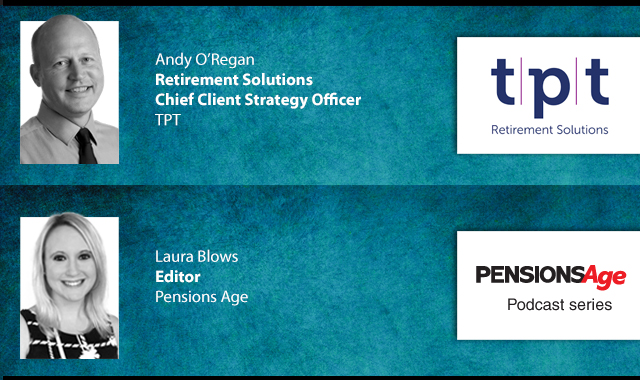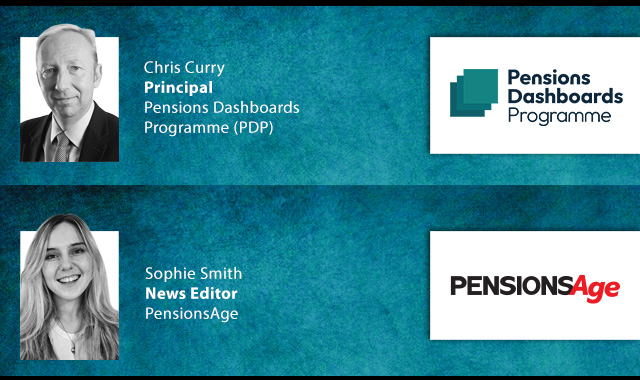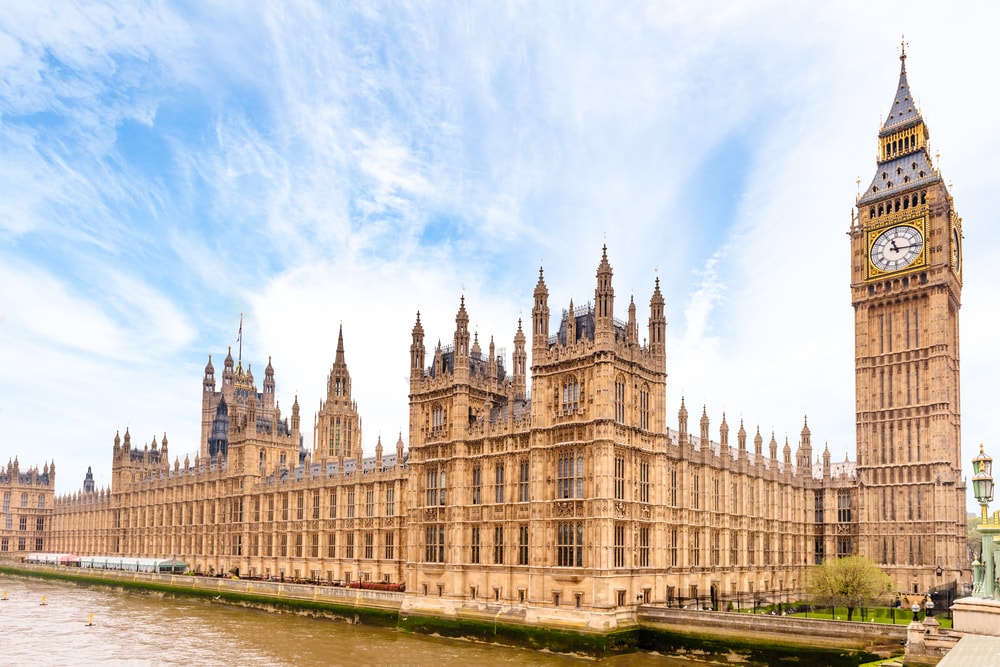Less than four in 10 (36 per cent) households are on track for a moderate retirement income, with self-employed, single parents, and renters the furthest off track, according to Hargreaves Lansdown's Savings and Resilience Barometer.
The barometer revealed that 21 per cent of self-employed, 18 per cent of single parents, and 15.5 per cent of renters are all “way behind” in terms of saving for retirement.
Meanwhile, 68 per cent of high earners, 52 per cent of homeowners, and 44 per cent of married couples without children are doing better than average with saving for retirement.
Hargreaves Lansdown head of retirement analysis, Helen Morrissey, said that saving for retirement is a “long-term game” but some groups are facing more challenges than others.
In particular, she pointed out that the data showed the self-employed, renters, and single parents are at risk as they battle higher costs, volatile working conditions, and housing expenses.
“Renters struggle because they are paying higher rent which leaves them with less money left over at the end of the month to get onto the housing ladder,” Morrisey explained.
“On average, they end the month with just £62. Trying to battle paying rent with saving into a pension can be a challenge too far for many renters.”
Morrissey also suggested that single parents face “real” challenges, due to having a single wage that must cover living costs and support children.
She emphasised that it was important for these savers “not to give up” and to look for solutions such as increasing contributions when they receive a pay rise.
Morrisey stated that the self-employed have a different set of challenges to deal with, as they are not covered by auto-enrolment and also do not receive employer contributions.
She also said that volatile earnings can mean that many savers are nervous about "tying up" their money into a pension, which they cannot access until at least 55.
“However, the lifetime individual savings account (LISA) can play a vital part in helping this group build retirement savings. It’s an attractive alternative to a pension for self-employed people paying basic rate tax,” she said.
She suggested widening the age at which people can open and pay into a LISA, as currently, people can only open a LISA between the ages of 18 and 39 could help with this.
“Allowing people to open and contribute to a LISA up until the age of 55 would enable more people to build up a decent retirement income - notably those who become self-employed later in life,” she continued.
“We estimate that these changes could be a huge help to the 1.2 million households that have a self-employed earner paying the basic rate of tax.”
Latest News
-
FSCS lowers levy expectation to £365m following fall in compensation and expected claims
-
Phoenix Group eyeing up Standard Life name change
-
Railpen sells third-party pension administration business to Broadstone
-
DB sponsors urged to take action on endgame as surpluses become more common
-
Hertfordshire LGPS urged to divest from companies ‘complicit in war crimes, apartheid and occupation’
-
Pension credit delays peak at 87 days in December 2024
A changing DC market
In our latest Pensions Age video interview, Aon DC senior partner and head of DC consulting, Ben Roe, speaks to Laura Blows about the latest changes and challenges within the DC sector
Being retirement ready
Gavin Lewis, Head of UK and Ireland Institutional at BlackRock, talks to Francesca Fabrizi about the BlackRock 2024 UK Read on Retirement report, 'Ready or not. How are we feeling about retirement?’
The role of CDC

In the latest Pensions Age podcast, Laura Blows speaks to TPT Retirement Solutions Chief Client Strategy Officer, Andy O’Regan, about the role of collective DC (CDC) within the UK pensions space
Keeping on track

In the latest Pensions Age podcast, Sophie Smith talks to Pensions Dashboards Programme (PDP) principal, Chris Curry, about the latest pensions dashboards developments, and the work still needed to stay on track
© 2019 Perspective Publishing Privacy & Cookies














Recent Stories